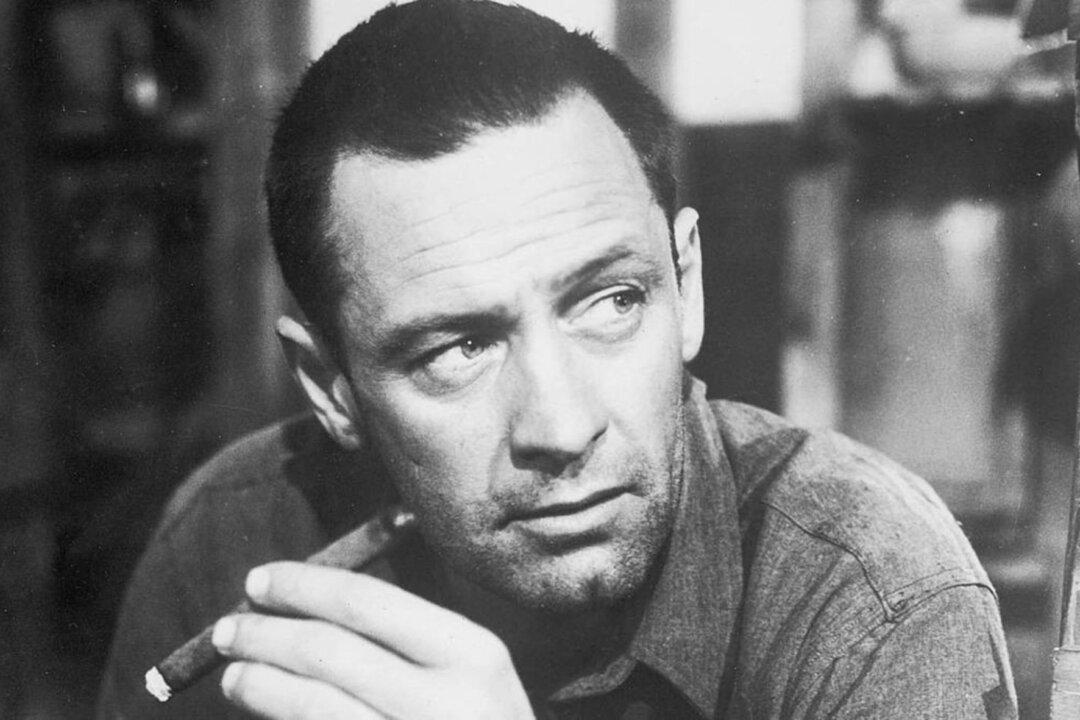NR | 2h | Comedy, Drama, War | 1953
After recently reviewing “The Grand Illusion” (1938), which portrays the struggles of prisoners in a German POW camp with both seriousness and hope, I approached “Stalag 17” with similar expectations.

NR | 2h | Comedy, Drama, War | 1953